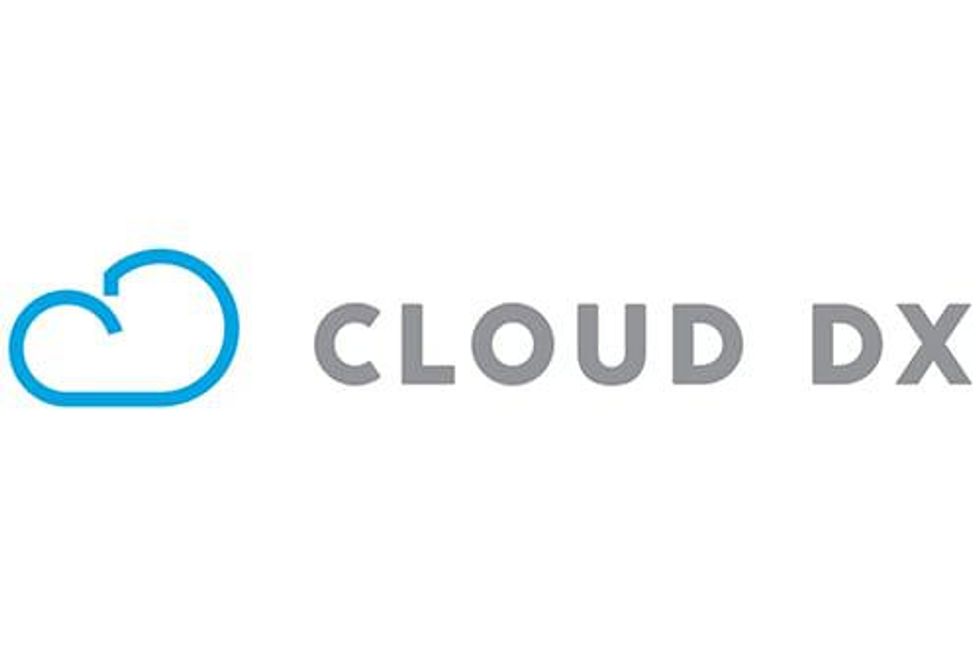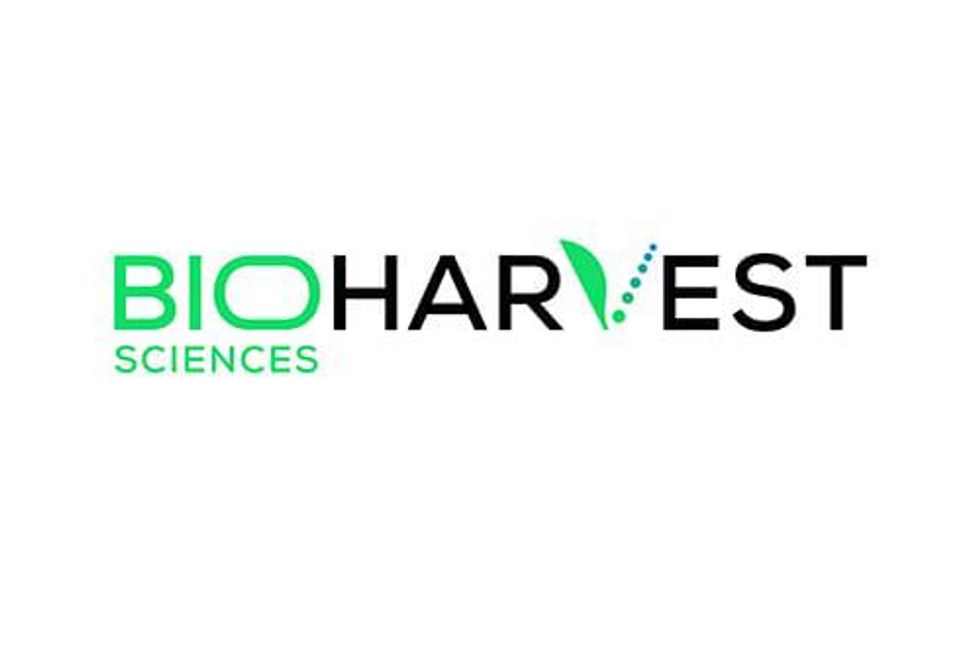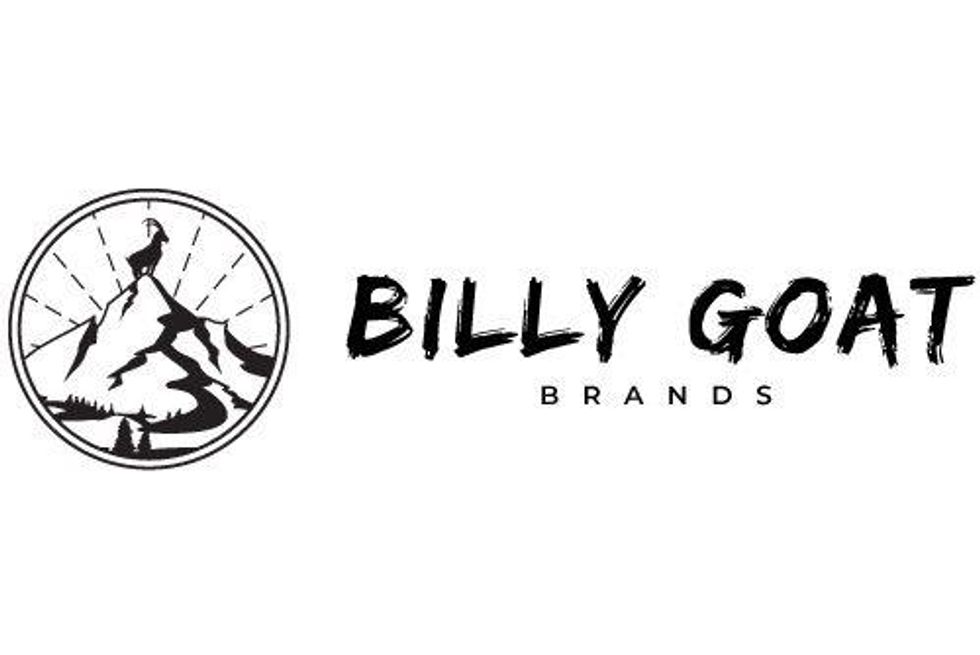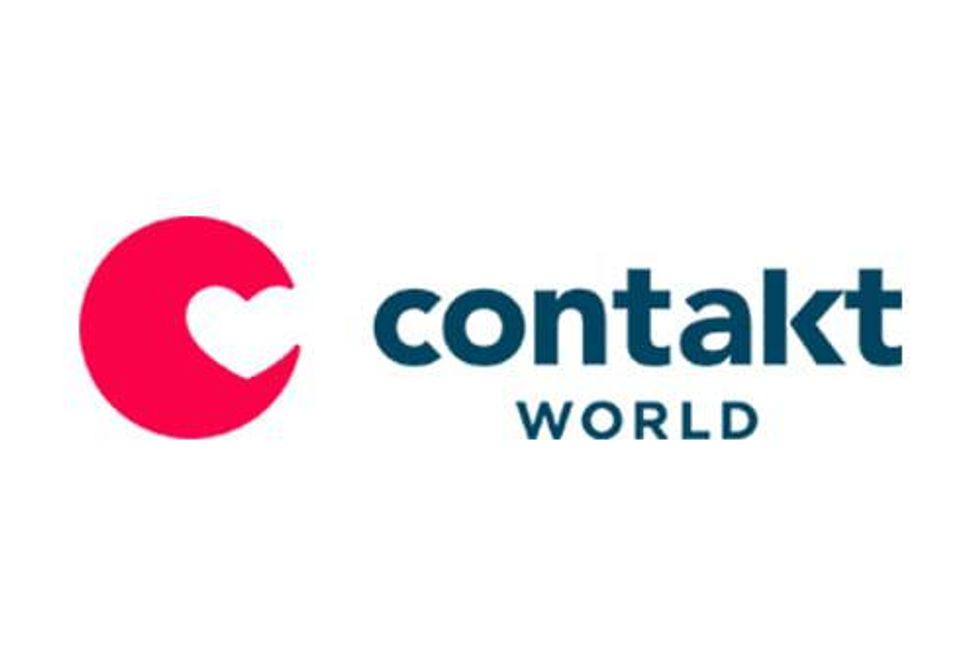Global Expansion and Affordable Care Act Boost Life Science Tools and Diagnostics: Bryan Brokmeier
Two years ago, medtech was thought to be waning. Investors were deserting companies perceived to be short on margins and sure to be demolished by the Affordable Care Act. Today the landscape is transformed: Medtech companies are embracing international markets, preparing for increased volumes of procedures and enjoying new, rich valuations. Do they have what it takes to woo investors back? In this interview with The Life Sciences Report, Bryan Brokmeier of the Maxim Group picks a small group of names that have performed brilliantly over the past year and that he expects will treat investors very well.
Source: George S. Mack of The Life Sciences Report (11/7/13)
Two years ago, medtech was thought to be waning. Investors were deserting companies perceived to be short on margins and sure to be demolished by the Affordable Care Act. Today the landscape is transformed: Medtech companies are embracing international markets, preparing for increased volumes of procedures and enjoying new, rich valuations. Do they have what it takes to woo investors back? In this interview with The Life Sciences Report, Bryan Brokmeier of the Maxim Group picks a small group of names that have performed brilliantly over the past year and that he expects will treat investors very well.
The Life Sciences Report: I’m looking at an unweighted basket of large bellwether medtech stocks, and it is up 37% over the past 52 weeks. I’m also looking at an unweighted basket of small- and mid-cap medtech stocks that you cover, and it is up 126% over the past 52 weeks. Given all the headwinds, including the Affordable Care Act (ACA), sequestration and the debt ceiling fight, as well as the medical device tax that has been a source of contention in Congress, why has medtech outperformed so beautifully this past year?
Bryan Brokmeier: There are a few different factors. Many of these companies are increasingly looking to global markets. Smaller and mid-cap companies, which may have been more focused on the U.S. market in the past, have been looking to China and other emerging markets, and have been investing a lot of money to get into those markets. In addition, in prior years, when these stocks may have underperformed, particular investor groups were concerned over the ACA, and were also overly concerned about the medical device tax.
TLSR: What about the ACA? Will it hurt medtech companies?
BB: Actually, medtech companies will get a number of benefits from the Affordable Care Act. It will bring 30 million (30M) insured patients onto the books, which will increase procedure volume. We’ve already had some increase in the number of insureds, but the bigger impact will come in future years. As investors look beyond the immediate term, they become more optimistic about the opportunities that medtech companies have ahead of them.
I’d also say that, specific to my coverage area in tools and diagnostics, the technology has been making significant improvements, and we’re seeing more tests developed by very small companies, which are then being acquired by larger companies. The larger companies are introducing new tests of their own, as well. As we increasingly utilize genetic testing, it will benefit a lot of the companies in the tools and diagnostics space.
TLSR: From a recent pre-earnings report that you wrote, I note that you have turned cautious on the tools and diagnostics sector. Why?
BB: My caution was on life sciences tools companies because of significant runs that these stocks have seen recently, and some near-term risks that they have ahead of them, including uncertainty with regard to the U.S. funding environment. I wrote that note prior to the completion of negotiations around the government shutdown, which was creating a lot of uncertainty. It still really hasn’t been resolved. There is a very wide gap between how much House Republicans want to reduce the government budget for the National Institutes of Health (NIH), versus what the president and particularly the Senate Democrats would like to see. It’s an extremely wide gap, and who knows when it’s going to be resolved. The frequent continuing budget fights are an overhang on the entire economy, not just on NIH funding.
TLSR: Are there any particular industry segments that you like better than others in the tools and diagnostics area?
BB: Just within the companies I cover, there are certain stocks that have much greater exposure to specific end markets. Diagnostic companies as a whole, I think, have significant growth opportunities, and are growing much faster than tools companies. Although diagnostics companies oftentimes have much pricier valuations, they are still not in line with their growth rates.
In the tools sector, companies that have significant exposure to applied markets, such as food safety, and companies that have significant exposure to pharmaceutical markets over the long term, stand to benefit right now.
The companies I’m more concerned about have high exposure to government academic funding in the near term. I am also concerned about companies with high exposure to industrial end markets, where we’ve been seeing a slower gross domestic product growth environment.
TLSR: Can we talk about some names, please?
BB: I really like Affymetrix Inc. (AFFX:NASDAQ). The company has suffered as a result of the declining gene expression business. There has been a lot more focus on genomic sequencing, and that has taken a greater share of research dollars from gene expression. But I think that other analysts have not given Affymetrix enough credit for the products it has introduced to the market over the last 12 months. I think it is very well positioned to turn its business around.
The company has been investing in its cytogenetic business. A couple of years ago it launched its CytoScan, and in early August it introduced the OncoScan Assay system, which can analyze DNA from solid tumor tissue, at the Cancer Cytogenomics Microarray Consortium in Chicago. Affymetrix has also been investing more in biobanking, and introducing other products. It announced a very large restructuring earlier this year, and that is now improving its cost structure. In October it announced a debt refinancing of $48M at a more favorable interest rate, which is going to further improve its bottom-line growth potential.
TLSR: You have a $9 target price on Affymetrix. It has recently traded at $7 and change. You must see this as a very safe play.
BB: It was trading down around $4 in August, so the company has had a really good run. I think there is a lot more upside to the stock, especially as we get closer to the end of this year and more investors start thinking that the company could be acquired. The right time to sell a business isn’t when it’s on its way down, but rather when it looks like it’s on its way up. So as Affymetrix improves margins, profitability and its growth rate, more investors are going to start looking at it as being a takeout target. That’s going to create additional upside to my $9 price target.
TLSR: Affymetrix seems particularly vulnerable to diminished government funding, but it sounds like one of your favorite plays. How does that fit into your fear of government funding being cut?
BB: The government funding cuts have been negatively impacting the company’s expression business, but many of the customers buying its CytoScan line are not government funded, such as Laboratory Corporation of America Holdings (LH:NYSE), Quest Diagnostics (DGX:NYSE) and other diagnostic labs. Labs are still using older-generation technologies, and so the market is relatively underpenetrated. There is significant upside in the applied markets, and also significant potential to penetrate agricultural biomarkets.
TLSR: What about another name?
BB: Another name that I like is diaDexus Inc. (DDXS:OTCMKTS), which I initiated coverage on in October. DiaDexus is a diagnostic company that’s focused on the cardiovascular disease market. Its PLAC ELISA (plaque enzyme-linked immunosorbent assay) test measures the Lp-PLA2 (lipoprotein-associated phospholipase A2) level in patients. It’s been shown that elevated Lp-PLA2 levels can lead to cardiovascular disease.
Right now, diaDexus is working toward FDA approval for a cheaper, more widely available test, the PLAC Activity test, which it currently has a CE mark in Europe. The PLAC ELISA Test, which the company is selling in the U.S. now, is limited to a much smaller customer base. The growth driver would be the introduction of the PLAC Activity test in the U.S., which could get FDA clearance in early 2015.
But even more significantly, GlaxoSmithKline (GSK:NYSE) is developing darapladib, an inhibitor drug that lowers Lp-PLA2 levels. If diaDexus is able to obtain a requirement to become a companion diagnostic with Glaxo’s Lp-PLA2 inhibitor, that would give diaDexus a $250M opportunity. This is a stock that’s trading around a $105M market cap, and that $250M is an annual revenue opportunity.
TLSR: Elevated levels of Lp-PLA2 can lead to eruption or exfoliation of a vulnerable plaque, which can lead to a sudden heart attack or stroke. Many of these patients don’t even know they are at risk prior to the acute events that could take their life. Is anything approved currently that will reduce Lp-PLA2, aside from GlaxoSmithKline’s darapladib molecule, which is currently in phase 3 studies?
BB: No. The drugs on the market right now aren’t targeting Lp-PLA2 levels. Darapladib is the best opportunity for diaDexus to penetrate the $250M opportunity that I’m estimating.
TLSR: Since there’s no current inhibitor on the market for Lp-PLA2, is it fair to say, at least for the time being, that internists, primary care physicians and cardiologists are not really incentivized to test for Lp-PLA2 levels?
BB: No. They’re incentivized because if you identify patients who have high levels of Lp-PLA2, those patients can change their diets or lifestyles. If they do those things, they can stop the condition from getting worse, and reduce their risk of heart attack. But the drug could actually give them more opportunity and more incentive, because they could reduce their Lp-PLA2levels further.
TLSR: Your target on diaDexus is $3, and it was recently trading at around $2. That’s a 50% implied upside from current levels, but this stock is already up more than 600% over the past year. I wonder if you worry about new investors getting squeezed by profit takers.
BB: Sure. New investors that only have very short investment timeframes could get squeezed if other investors start taking profits. But that could create a new buying opportunity, if the stock pulls back. There’s a lot of upside, even beyond my $3 target, if diaDexus’ product gets approved as a companion diagnostic with darapladib.
We should get results from Glaxo’s first phase 3 clinical trial with darapladib later this year, and then probably around March 2014—early next year—we should get results from the second phase 3 clinical trial. If the darapladib data are positive later this year, you could expect to see diaDexus’ market opportunity significantly increase.
TLSR: DiaDexus holds 21 patents, and there are another 12 patents pending. The issued patents expire between this year and 2016. That does not sound like a long runway of exclusivity to me. What are your thoughts?
BB: One, the PLAC test isn’t easy to run. It is not likely that a lot of competitors will start offering it. Two, the darapladib companion diagnostic would allow diaDexus to obtain additional patents.
TLSR: Go ahead with another idea. Do you have a best idea?
BB: Bruker Corp. (BRKR:NASDAQ) is actually my top pick. Again, you could point out that the company, which sells a variety of analytical instruments, has an extremely high exposure to government-funded academic markets, but the story isn’t about the company achieving an acceleration of growth. I expect the gap to actually narrow as the company invests more in its infrastructure, rationalizes its pricing and selling processes and expands margins. I don’t think there is any other company in the life science tools market that has the margin expansion potential that Bruker has over the next couple of years.
TLSR: Your $27 target price implies about 30% upside from here, which is not bad for a mid-cap stock with a $3.2 billion ($3.2B) market cap.
BB: Right, but we could still see the stock go much higher—beyond my target as it expands margins. If you’re looking out to 2016, you could very easily see this stock going into the low- to mid-$30s.
TLSR: Do you have another name you would like to mention?
BB: Most analysts on the Street have written off Pacific Biosciences of California Inc. (PACB:NASDAQ)because its technology looked like it was not extremely competitive. But the company replaced its CEO about a year and a half ago. The new CEO, Michael Hunkapiller, has done a great job with improving system reliability and performance for its long-read gene sequencer, and significantly increasing the company’s throughput. PacBio has introduced new consumables, and it has been making software upgrades.
TLSR: There has been news of a partnership recently. Tell me about it.
BB: Toward the end of September, the company announced a partnership with Roche Holding AG (RHHBY:OTCQX) in the in vitro diagnostics area, in which Pacific Biosciences received a nice cash injection of $35M, which it really needed. There is also the potential to achieve performance milestones payments totaling up to $40M, as the company gets FDA approval for a new diagnostic version of its PacBio RS II instrument and then comes out with diagnostic tests consisting of sequencing systems and consumables based on its Single Molecule, Real-Time (SMRT) technology. These tests would be marketed by Roche.
This is an area where nobody really felt PacBio had a strong presence, because in vitro diagnostics is not what its instruments have been used for in the past. The Roche deal has significantly expanded PacBio’s long-term opportunities, and further showed investors that the company will be around in a few years. PacBio is no longer in financial trouble, as everyone thought it was a year ago. The Roche deal really gave the company a very strong reference, because everyone knows Roche. Now investors are going to start taking a much closer look at the PacBio technology platform.
TLSR: PacBio has done quite well. It’s up 223% over the past 52 weeks. But why did investors sell after the Roche partnership news? This stock is down about 30% since that deal.
BB: The stock jumped on the day the deal was announced—Sept. 25—from about $3.50 to about $6, but it has pulled back as investors started taking profits. Also, some investors have become concerned over whether the company is actually going to be able to develop diagnostic tests for Roche, which could walk away if it wanted to acquire another sequencing technology company, such as Illumina Inc. (ILMN:NASDAQ). But I think that investors are just realizing profits. Over the last year, the stock has gone from about $1.17 or so to where it is right now, around $4.
TLSR: It was a pleasure speaking with you, Bryan.
BB: Thanks a lot.
Bryan Brokmeier, senior life science tools and diagnostics analyst, covers medical device, healthcare service and life science companies as a vice president of equity research at Maxim Group. Brokmeier has been with Maxim Group since 2009, when he joined as an associate analyst covering medical device, healthcare IT and service companies. Previously, he worked as an associate analyst at Credit Suisse and as a senior portfolio accountant at Brown Brothers Harriman. Brokmeier has been quoted in numerous financial publications, such as The Wall Street Journal, Barron’s, Investor’s Business Dailyand Bloomberg News. He holds a master’s degree in business administration (finance and accounting) from Indiana University’s Kelley School of Business, and a bachelor’s degree in finance and applied economics from Ithaca College. He is a CFA charterholder, and a member of the New York Society of Securities Analysts, the CFA Society of Chicago and the CFA Institute.
DISCLOSURE:
1) George S. Mack conducted this interview for The Life Sciences Report and provides services to The Life Sciences Report as an independent contractor. He or his family own shares of the following companies mentioned in this interview: None.
2) The following companies mentioned in the interview are sponsors of The Life Sciences Report: None. Streetwise Reports does not accept stock in exchange for its services.
3) Bryan Brokmeier: I own or my family owns shares of the following companies mentioned in this interview: None. I personally am or my family is paid by the following companies mentioned in this interview: None. My company has a financial relationship with the following companies mentioned in this interview: Affymetrics Inc., diaDexus Inc., Bruker Corp., Pacific Biosciences of California Inc., Illumina Inc. I was not paid by Streetwise Reports for participating in this interview. Comments and opinions expressed are my own comments and opinions. I had the opportunity to review the interview for accuracy as of the date of the interview and am responsible for the content of the interview.
4) Interviews are edited for clarity. Streetwise Reports does not make editorial comments or change experts’ statements without their consent.
5) The interview does not constitute investment advice. Each reader is encouraged to consult with his or her individual financial professional and any action a reader takes as a result of information presented here is his or her own responsibility. By opening this page, each reader accepts and agrees to Streetwise Reports’ terms of use and full legal disclaimer.
6) From time to time, Streetwise Reports LLC and its directors, officers, employees or members of their families, as well as persons interviewed for articles and interviews on the site, may have a long or short position in securities mentioned and may make purchases and/or sales of those securities in the open market or otherwise.
Streetwise – The Life Sciences Report is Copyright © 2013 by Streetwise Reports LLC. All rights are reserved. Streetwise Reports LLC hereby grants an unrestricted license to use or disseminate this copyrighted material (i) only in whole (and always including this disclaimer), but (ii) never in part..
Streetwise Reports LLC does not guarantee the accuracy or thoroughness of the information reported.
Streetwise Reports LLC receives a fee from companies that are listed on the home page in the In This Issue section. Their sponsor pages may be considered advertising for the purposes of 18 U.S.C. 1734.
Participating companies provide the logos used in The Life Sciences Report. These logos are trademarks and are the property of the individual companies.



